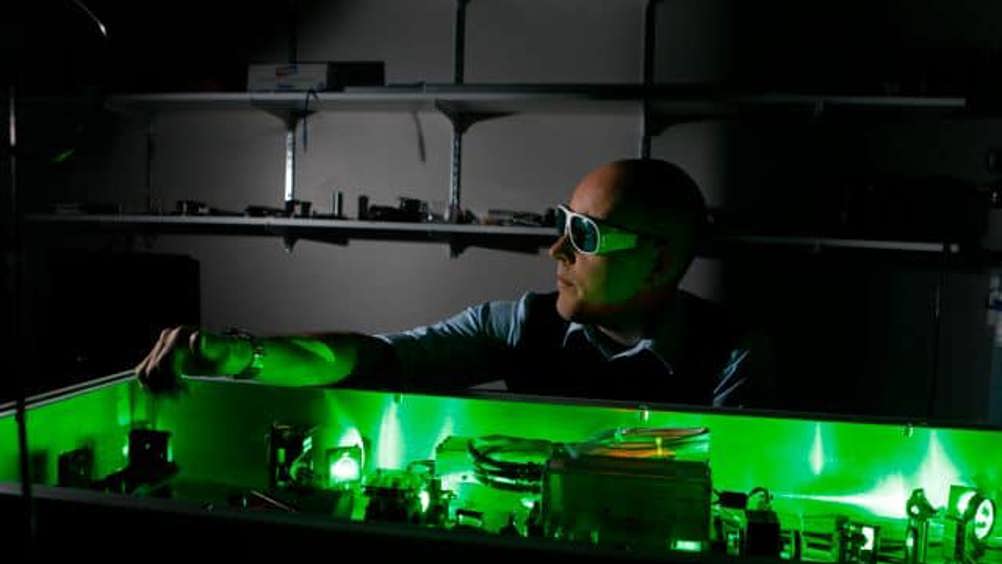Ultrafast observations aid the understanding of vanadium dioxide
Researchers at McGill University in Canada have succeeded in simultaneously observing the reorganisations of atomic positions and electron distribution during the transformation of vanadium dioxide (VO2) from a semiconductor into a metal.

The results, reported in Science, are claimed to mark the first time that experiments have been able to distinguish changes in a material’s atomic-lattice structure from the relocation of the electrons in a process that takes place a trillion times faster than the blink of an eye.
The measurements were achieved thanks to the McGill team’s development of instrumentation that could be used by scientists in a variety of disciplines, such as examining fleeting but crucial transformations during chemical reactions, or to enable biologists to obtain an atomic-level understanding of protein function. This ultrafast instrumentation combines tools and techniques of electron microscopy with those of laser spectroscopy in novel ways.
In a statement, Bradley Siwick, the Canada Research Chair in Ultrafast Science at McGill said, ‘We’ve developed instruments and approaches that allow us to actually look into the microscopic structure of matter, on femtosecond time scales that are fundamental to processes in chemistry, materials science, condensed-matter physics, and biology.
Register now to continue reading
Thanks for visiting The Engineer. You’ve now reached your monthly limit of news stories. Register for free to unlock unlimited access to all of our news coverage, as well as premium content including opinion, in-depth features and special reports.
Benefits of registering
-
In-depth insights and coverage of key emerging trends
-
Unrestricted access to special reports throughout the year
-
Daily technology news delivered straight to your inbox










Water Sector Talent Exodus Could Cripple The Sector
Maybe if things are essential for the running of a country and we want to pay a fair price we should be running these utilities on a not for profit...